John Singer Sargent, photographed in is Paris Studio, 1885.
(Photo:Wikimedia Commons(Public domain))
Artists hope to achieve fame in their own lifetime.
American expatriate John Singer Sargent was among those who could claim this rarified status.
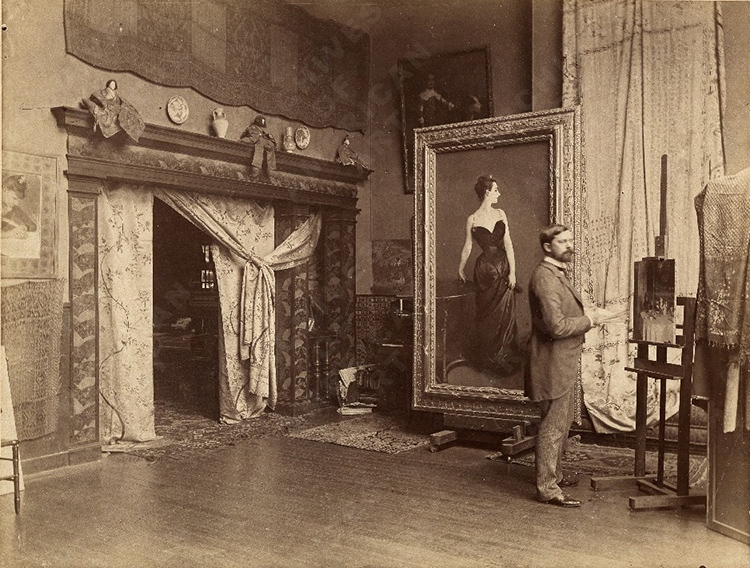
John Singer Sargent, photographed in is Paris Studio, 1885. (Photo:Wikimedia Commons(Public domain))
In the late 19th and early 20th century, few painters were more sought after than him.
Though he remains a famous portraitist, Sargent was more than the sum of his society paintings.
Who was John Singer Sargent?

“The Daughters of Edward Darley Boit,” John Singer Sargent, 1882, now at the Museum of Fine Arts, Boston. (Photo:Wikimedia Commons[Public domain])
He also encouraged the study of the Old Masters such as Rembrandt, Van Dyck, and Velazquez.
ClaudeMonetPainting by the Edge of a Wood, John Singer Sargent, 1885.
Now at the Tate Britain.
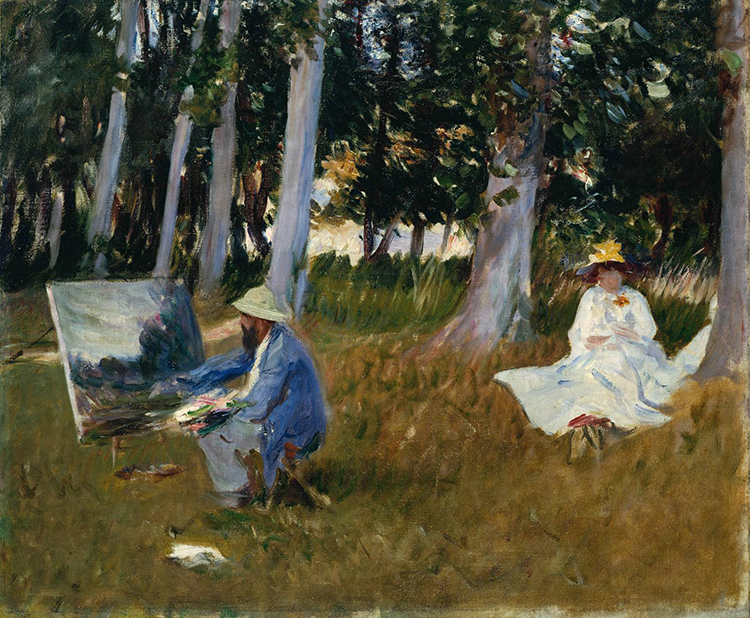
“ClaudeMonetPainting by the Edge of a Wood,” John Singer Sargent, 1885. Now at the Tate Britain. (Photo:Wikimedia Commons[Public domain])
(Photo:Wikimedia Commons[Public domain])
What distinguishes Sargent’s artistic style?
Madame X (Madame Pierre Gautreau), John Singer Sargent, 1884.
Now at the Metropolitan Museum of Art.
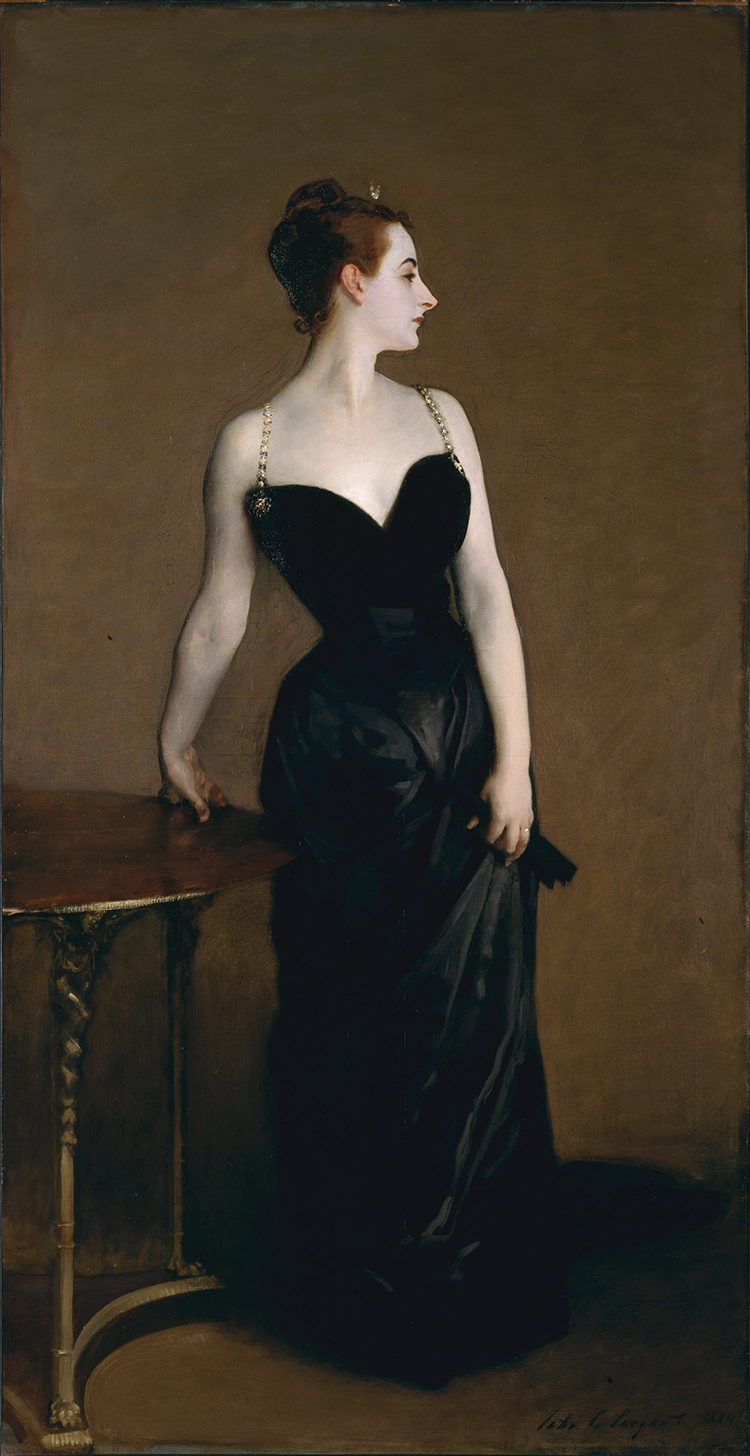
“Madame X (Madame Pierre Gautreau),” John Singer Sargent, 1884. Now at the Metropolitan Museum of Art. (Photo:Wikimedia Commons[Public domain])
(Photo:Wikimedia Commons[Public domain])
Clementina Anstruther-Thomson, John Singer Sargent, 1889.
Henry Cabot Lodge, John Singer Sargent, 1890.
Among these were Monet,Rodin, and the novelist Robert Louis Stevenson.
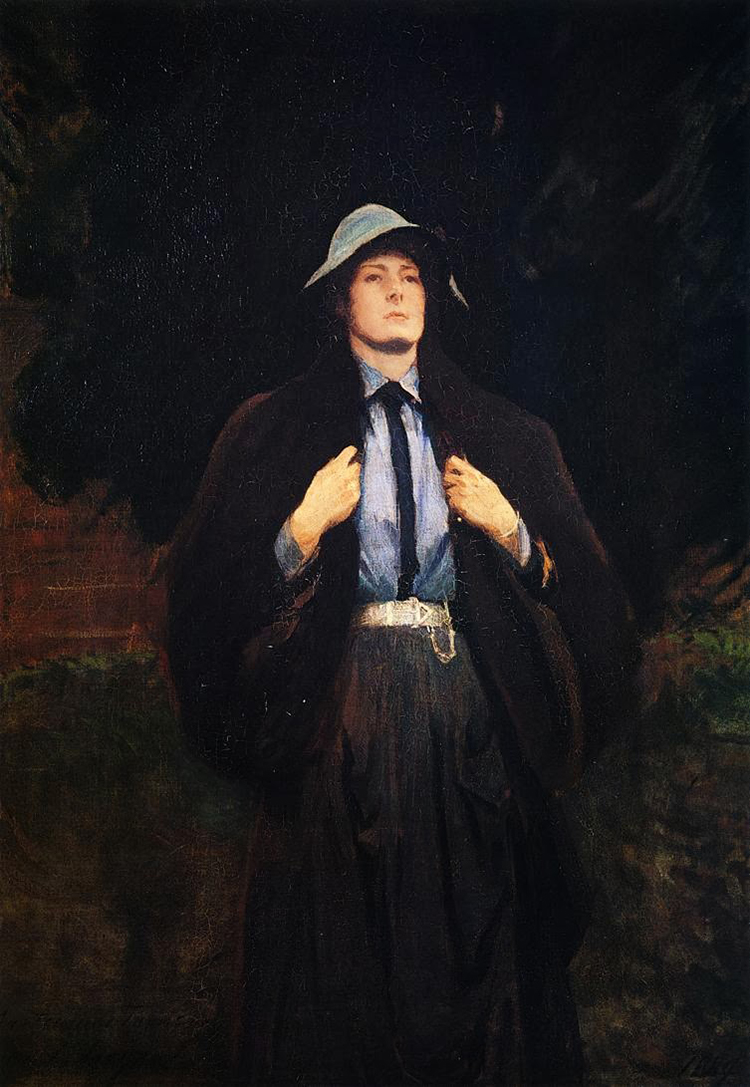
“Clementina Anstruther-Thomson,” John Singer Sargent, 1889. (Photo:Wikimedia Commons[Public domain])
In 1918, Sargent was commissioned by the British government to illustrate scenes from World War I on canvas.
What is John Singer Sargent’s legacy?
Lithograph Caricature of John Singer Sargent, from the Hentschel Colourtype Lithography Company, 1909.

“Gondoliers' Siesta,” watercolor, John Singer Sargent, circa 1904. (Photo:Wikimedia Commons[Public domain])
Today, his worksboth monumental canvases and casual sketchescan be found in all the world’s most esteemed museums.
Ted Shawn, collotype, John Singer Sargent, circa 1915.
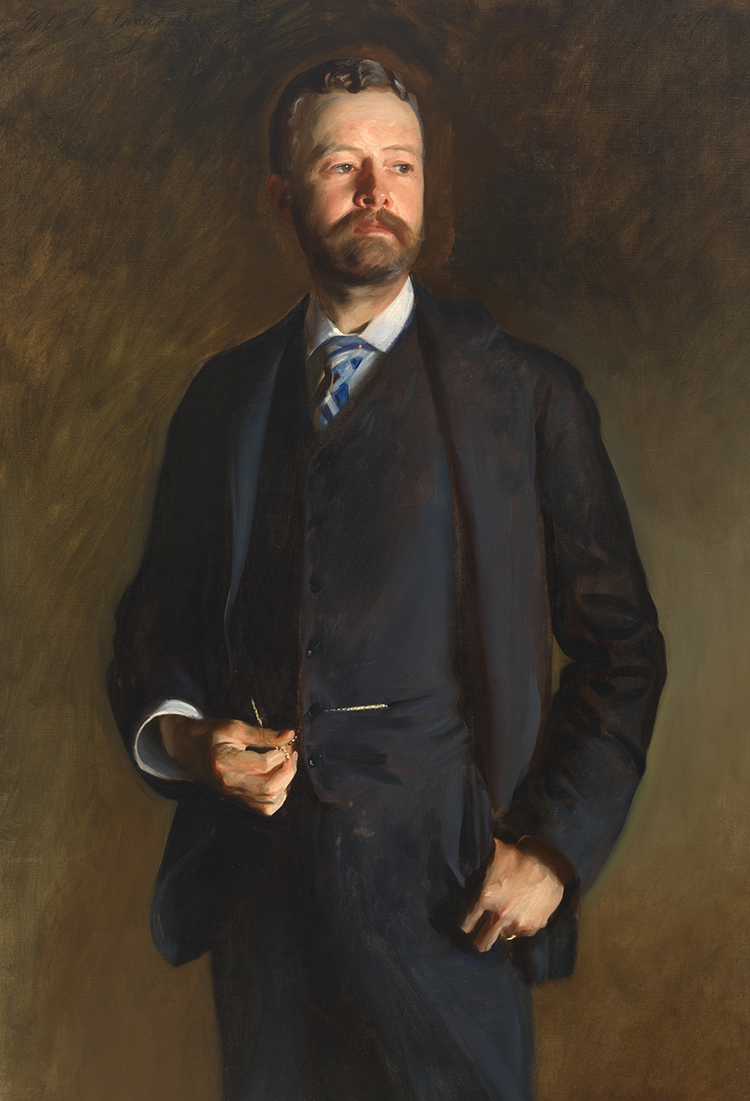
“Henry Cabot Lodge,” John Singer Sargent, 1890. (Photo:National Portrait Gallery[CC0])

“Portrait of Lady Agnew of Lochnaw,” John Singer Sargent, 1892. (Photo:Wikimedia Commons[Public domain])
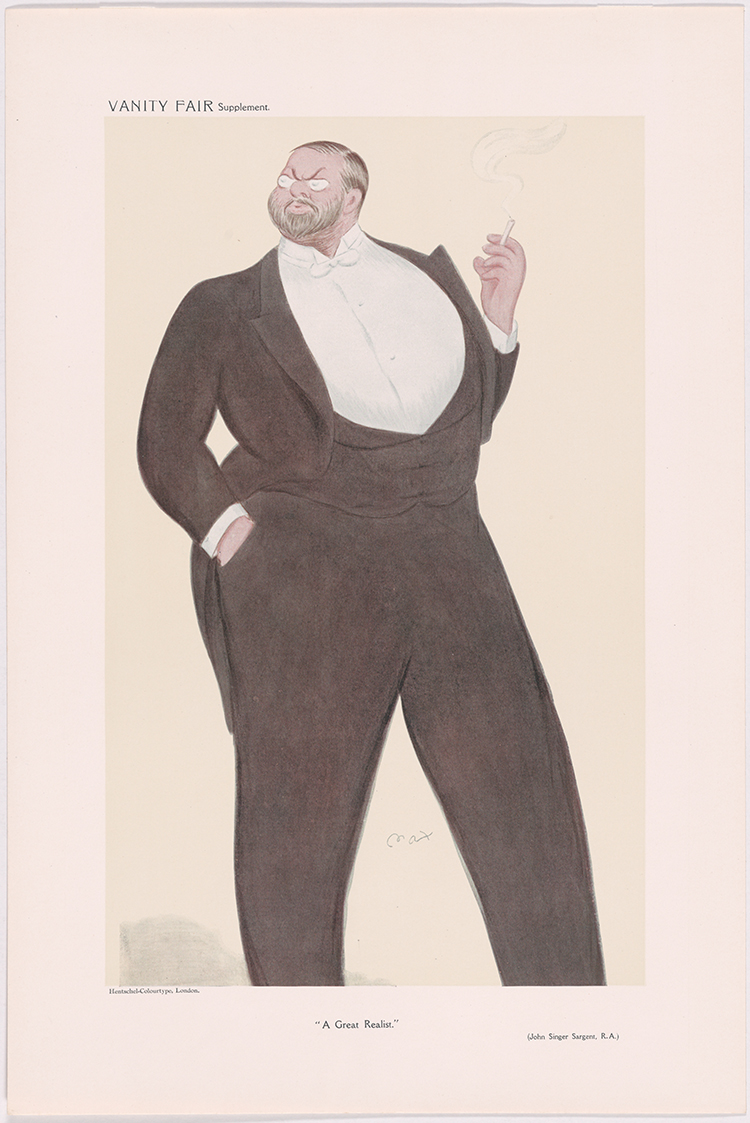
Lithograph Caricature of John Singer Sargent, from the Hentschel Colourtype Lithography Company, 1909. (Photo:National Portrait Gallery[CC0])
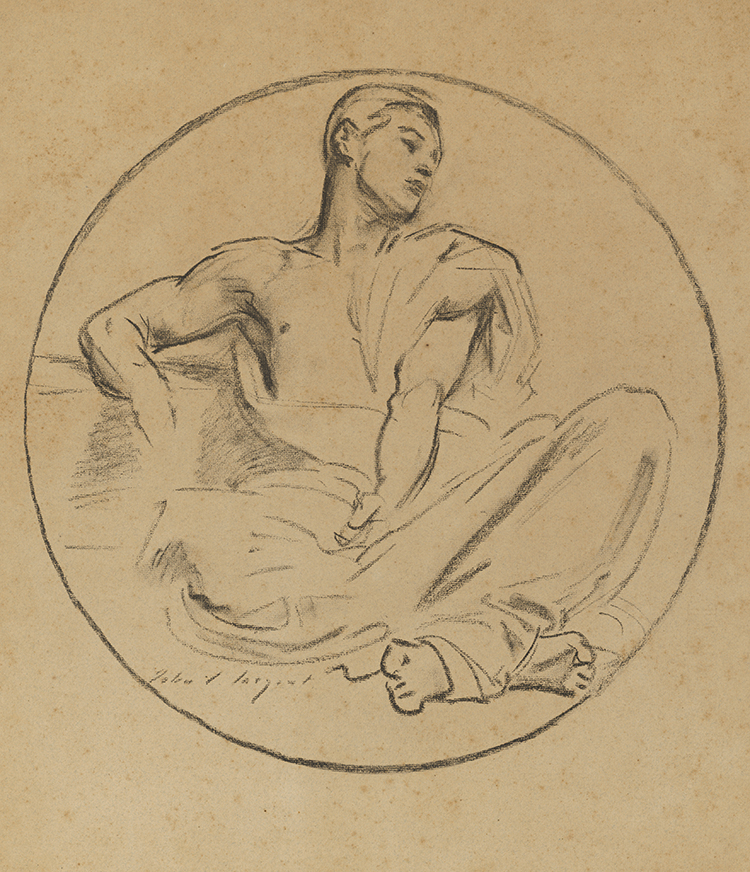
“Ted Shawn,” collotype, John Singer Sargent, circa 1915. (Photo:National Portrait Gallery[CC0])